Ctg historic sites left in ruins
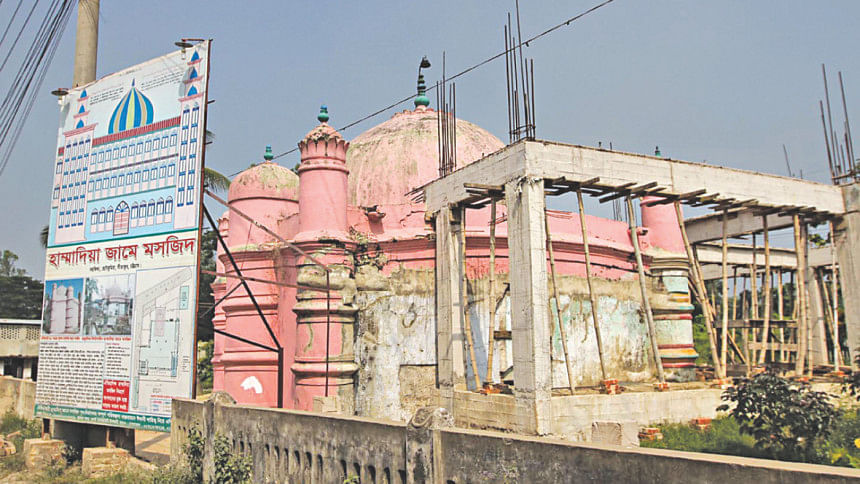
Many historic structures built during the Sultani, Mughal and British colonial periods in Chittagong are on the verge of ruin due to indifference of the authorities concerned.
Researcher Shamsul Hossain, former deputy curator of Chittagong University Museum, mentioned 36 such structures of the three periods in his book "Eternal Chittagong", a book on archaeological sites in Chittagong.
"I have found around three dozen structures. If the government conducts a survey, more such structures can be spotted in Chittagong," he said.
However, the Department of Archaeology (DoA), the government agency responsible for looking after historic sites, has never carried out any survey on antiquities in the district.
The government has so far listed only five historic structures in Chittagong as heritage sites.
They are Hamid Bakshi mosque in Banshkhali, Shamser Gazir Kella in Mirsarai, Awal mosque and Fatehpur stone inscription in Hathazari upazila and the mud-building of Kadhurkhil High School in Boalkhali upazila.
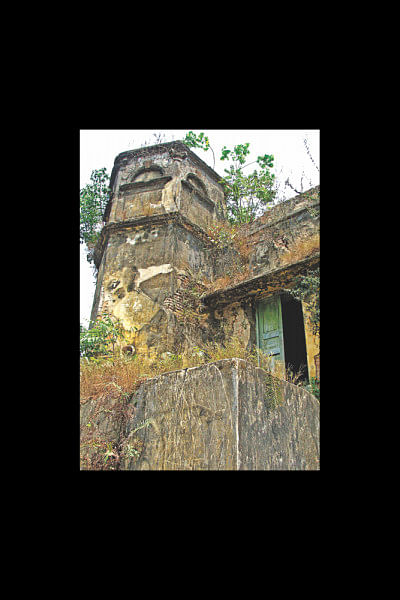
Hamid Bakshi mosque is one of the 36 structures mentioned in the book. It is one of the Sultani-era structures that include Fakir's mosque in Hathazari, Hammadia mosque in Sitakunda and Badar Aulia's tomb in the port city.
Notable historic structures built during the Mughal era are Anderkillah Shahi Jame mosque, Malkhar mosque, Wali Begh Khan mosque, Hamzarbagh mosque, Hamzarbagh gate and tomb, Mollah Miskin mosque and tomb, Kadam Mobarak mosque, Baizid Bostami mosque in Chittagong city and Shahjanir Mazar in Sitakunda.
Besides, there are at least a dozen historic structures that were constructed during the British Raj. They include Darul Adalat, General Hospital, Court Building, Central Railway Building, Wooden Bungalows of Railway, Old Railway Station, Karnaphuli Railway Bridge (known as Kalurghat Bridge) and Old Circuit House.
Mohsin Government College authorities that own Darul Adalat, the first court building in Chittagong and a structure with both Mughal and colonial architectural traits, decided to knock it down in 2013.
The government stopped the move following media reports. But the building is yet to be declared as a heritage site.
For lack of maintenance, large cracks have developed on its walls and roof with plasters falling off. And the entire building has been taken over by weeds, this correspondent found in a recent visit to Darul Adalat.
Researcher Shamsul said several other historic structures -- Nusrat Shah and Chhuti Khan mosques of the Sultani era, Postar Par and Haji mosques of the Mughal era, and a warehouse of the British colonial period -- were pulled down.
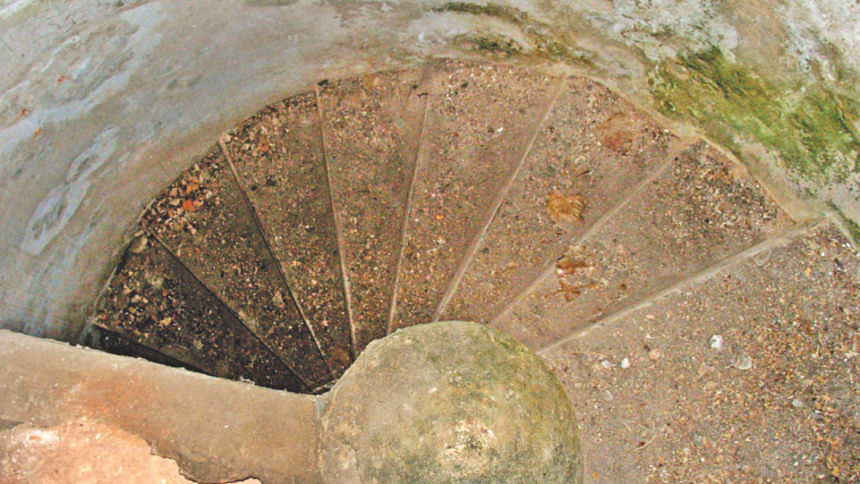
In 1995, the Chittagong Development Authority made a list of 34 old structures in its Detailed Area Plan and suggested that they should be protected as antiquities.
The Chittagong City Corporation later declared risky one of the listed structures, Malum's wooden building.
In 2013, the DoA suggested that two structures in Rangunia and Boalkhali upazilas be declared as protected spots.
They are Chakma Royal Palace, a colonial-era building at Rajanagar of Rangunia, and the mud-building of Kadhurkhil High School, a testimony of Swadeshi movement, in Boalkhali. The former is yet to be announced as a protected site while the latter was declared as a protected antiquity around two months ago, said DoA Assistant Director Lovely Yeasmin.
This correspondent also visited Hammadia Mosque, a Sultani-era structure in Sitakunda, and Wali Begh Khan mosque, a Mughal-era structure, in Chittagong city.
The authorities of Hammadia mosque at Chhoto Kumira have not taken any initiative to preserve the five-century-old building. Instead, they are constructing a three-storey extension to it, obstructing the view of the beautiful antiquity from three sides.
Abdus Sukur, president of the mosque's governing committee, claimed the new building wouldn't spoil the beauty of the original structure.
He said they decided to build the extension for shortage of space.
This correspondent found that the black-basalt stone inscription at the mosque's entrance was badly damaged. It was painted green and parts of the Arabic inscriptions were not readable. Moreover, motifs were covered with tiles in some parts of the walls inside the old building.
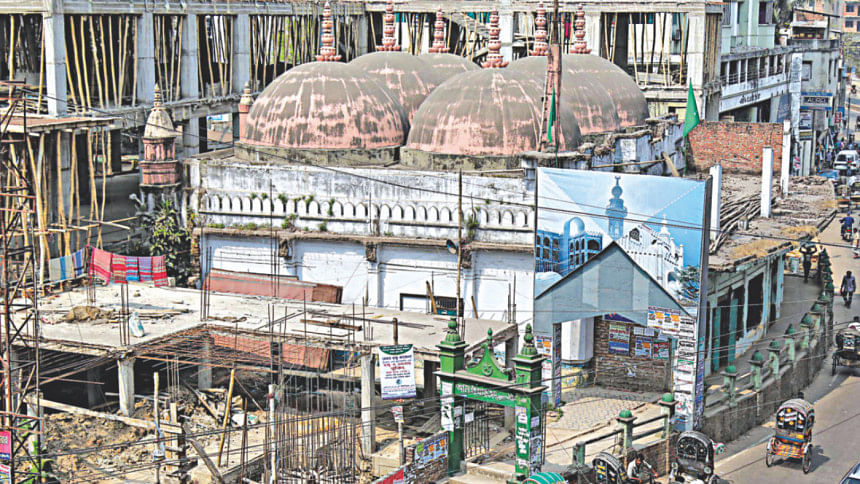
Another site, six-domed Wali Begh Khan mosque, built between 1714 and 1719 during the Mughal era in the port city's Chawkbazar area, has also been left in a poor state, as a three-storey extension is being built around it.
Zafarullah Khan, general secretary of the mosque's governing committee, said they were constructing the extension, keeping enough space around the old building.
Roni Khan, a local resident and student of Chittagong University, said the old mosque could easily be seen from roads even two years ago. But now its view is obstructed by multi-storey buildings.
Researcher Shamsul alleged that government agencies have been insincere in protecting the antiquities of Chittagong.
Asked, DoA Assistant Director Lovely said, “Whenever we get information on any historic site, we visit the spot and send a report to the DoA's Dhaka office, proposing that it should be declared as a protected area if it qualifies according to the Antiquities Act.”
The Antiquities Act 1968 (amended in 1976) states that any ancient (minimum 100 years old) product of human civilisation, illustrative of architecture, warfare, politics, or culture, can be called an article of antiquity. The government can declare an antiquity to be a protected site.
The law strictly prohibits damage or modification to any historic site.

 For all latest news, follow The Daily Star's Google News channel.
For all latest news, follow The Daily Star's Google News channel. 

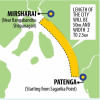






Comments